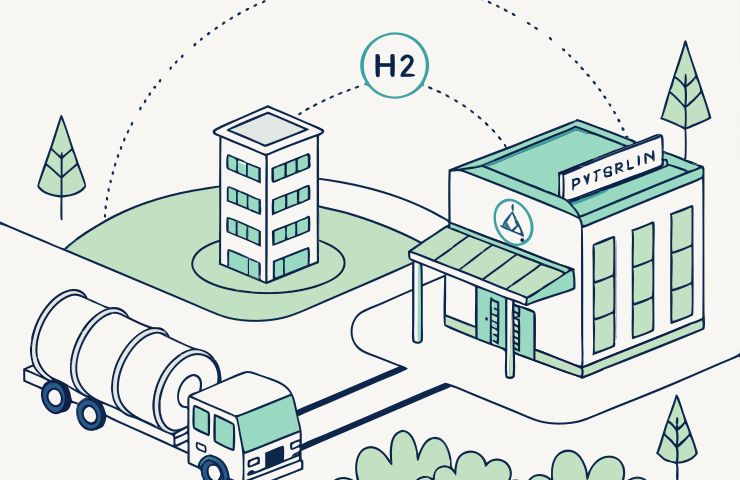South Korean Breakthrough: Revolutionizing Hydrogen Storage with New Membrane Tech
Key Ideas
- South Korean researchers at KRICT and Yonsei University have developed a groundbreaking membrane using SPAES material, reducing toluene crossover by 60% in LOHC systems.
- The new membrane offers increased Faradaic efficiency, exceeding 500 km range projections for vehicles, and aims for commercial rollout by 2030, aligning with South Korea's hydrogen strategy.
- With hyper-narrow water-friendly pathways, SPAES outperforms existing solutions like Nafion by significantly decreasing hydrocarbon leakage, facilitating cost-effective and efficient hydrogen storage.
- South Korea's strong commitment to green hydrogen includes plans for 6.2 million hydrogen vehicles by 2040, backed by over $380 million investment in LOHC infrastructure by 2026, positioning the country as a key player in the global race for hydrogen innovation.
South Korean researchers from the Korea Research Institute of Chemical Technology (KRICT) and Yonsei University have made significant progress in hydrogen storage technology by developing a revolutionary membrane that addresses toluene crossover issues in LOHC systems. This breakthrough membrane, constructed using SPAES material, has demonstrated a 60% reduction in toluene crossover compared to conventional membranes, along with improved Faradaic efficiency and range projections exceeding 500 km per fill for vehicles. The membrane, with its ultra-narrow water-friendly pathways, effectively prevents hydrocarbon leakage while allowing smooth hydrogen fuel movement. This innovation is expected to lower hydrogen storage costs, enable faster refueling, and enhance the range of hydrogen-powered vehicles.
South Korea's robust green hydrogen vision includes ambitious targets for hydrogen vehicle adoption and substantial investments in LOHC infrastructure. The country aims to have 6.2 million hydrogen vehicles on the road by 2040 and is committing over $380 million to LOHC infrastructure development by 2026. The research conducted in Daejeon, home to KRICT, aligns with South Korea's efforts to position itself as a leader in hydrogen technology innovation.
While South Korea leads the way in LOHC technology advancement, global competition from countries like Germany and Japan also contributes to the rapid evolution of hydrogen storage solutions. Despite this competition, early performance data suggests that South Korea's SPAES membrane is a formidable contender in the race to revolutionize hydrogen storage technology.
The next steps involve scaling up the technology for real-world applications through larger-scale testing and pilot programs in transportation and power sectors. If successful, this innovation could redefine global hydrogen infrastructure by utilizing safe, liquid fuels without carbon emissions. Observers anticipate that the second half of 2025 will be crucial for monitoring the progress of this technology, which has the potential to make a significant impact on the global stage.
Topics
Automotive / Trucking
Renewable Energy
Infrastructure
Innovation
Green Technology
Transportation
Research
Global Competition
Hydrogen Storage
Latest News
